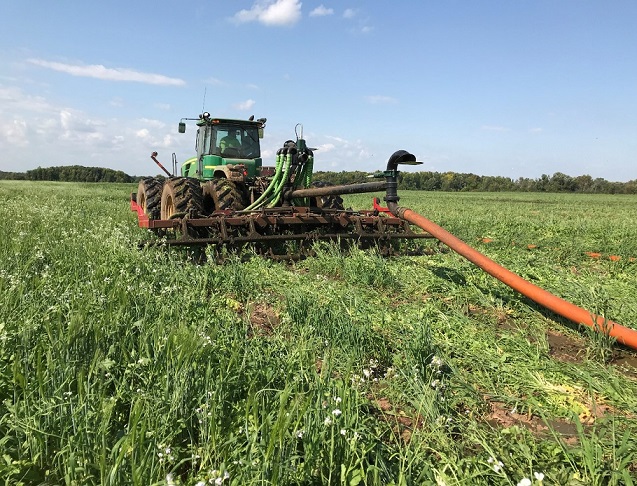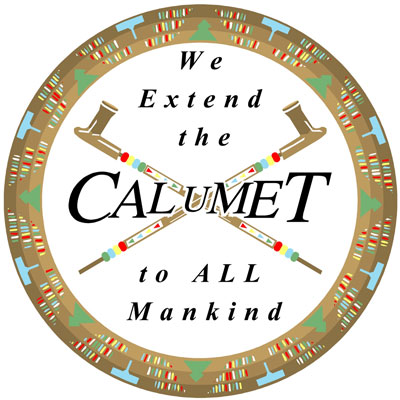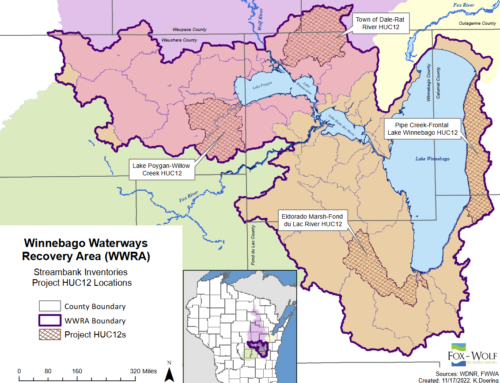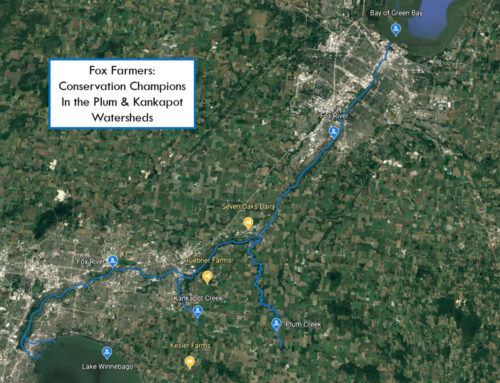New to the Plum & Kankapot Creek Watersheds, through the Fox-Wolf Watershed Alliance Great Lakes Restoration Initiative program, comes a new piece of equipment for low disturbance manure applications.
With all the dairy farms in the area, the need to incorporate or inject manure into the soil can be a barrier to cover crop and no till practices. These practices are needed to create a healthy soil environment. There is now another option for liquid manure application into cover crops in the Plum and Kankapot Creek watersheds. This injector is designed to apply manure to fields while preserving a living cover crop. The equipment will also keep the field smooth enough to no-till plant the following spring. From a water quality standpoint, it is also beneficial to apply phosphorus (manure) below the soil surface where it is less susceptible to becoming incorporated into surface water runoff. This tool will give farmers another option to accomplish these goals.

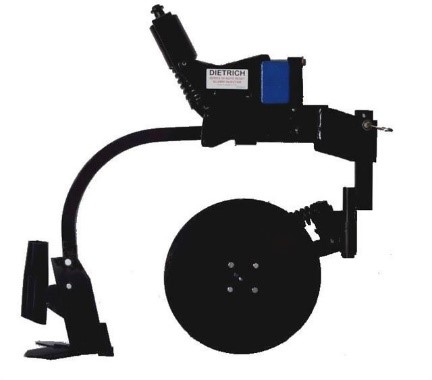
Photo (top): New Manure Injector In Use
Photo (bottom): Dietrich Style Injector Shank
The new manure injector utilizes Dietrich sweep injectors to inject manure, followed by a spiked aerator roller to level the soil and help the liquid manure infiltrate the field. The Dietrich injectors also use a wavy blade (coulter) to cut a vertical slot into the ground. Then, a shank with an 8-inch wide sweep glides through the soil, opening up a horizontal trench approximately 6 inches below ground. The manure is immediately injected into the trench that has been opened by the sweep. Finally, the spiked aerator roller follows, smoothing any soil ridges created by the injector, covering the manure and trench while also making ground dimples to incorporate any manure that may have escaped the trench.
The injector is used with a dragline manure hose system, commonly used in this area. There are nine Dietrich shanks spaced 30 inches apart, making a 20-foot swath width. The spiked aerator roller is hydraulically controlled so down presser can be added to push into firmer ground or it can be lifted out of the way if not being used.
The shanks are also positioned correctly in relation to the tractor so that the injector can be used to inject manure between corn rows. This application can be achieved on corn up to 8-inches tall. While this has not been trialed as of the writing of this article in this area, research out of Ohio State University shows this practice can be beneficial to the established corn. As long as the corn is less than 8-inches tall, the drag hose and tractor traffic should have minimal impact on the corn growth.
The availability of this new injection system will give local farmers the opportunity to try this practice for themselves, hopefully opening up another window of opportunity for manure applications.



For more information on this new equipment, please contact Andy Kiefer (Outagamie County Land Conservation Department) at 920-574-7539 or Nick Peltier (Brown County Land Conservation Department) at 920-284-9349. The Plum and Kankapot sediment reduction project is a joint effort by Outagamie, Brown and Calumet Land Conservation Departments along with the Fox-Wolf Watershed Alliance with funding through the Great Lakes Restoration Initiative.
